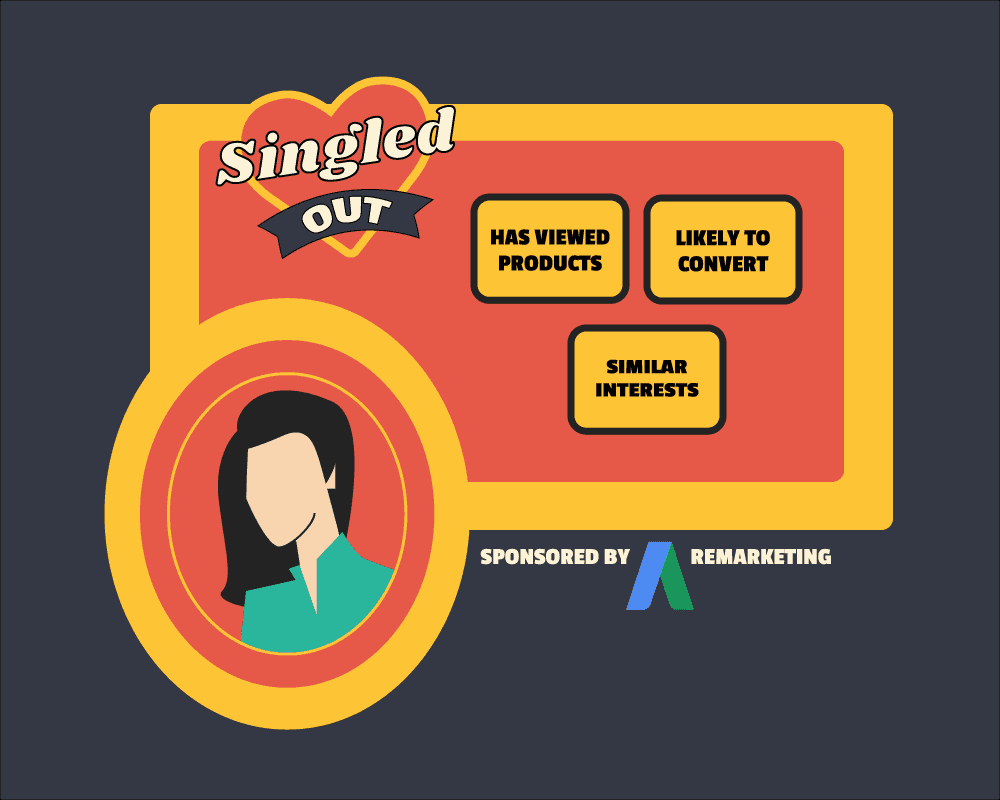How Your Business Can Make the Most of Remarketing Lists

I’m going to start this blog post in defiance of everything my English teachers ever taught me. It’s cliché time.
“A bird in the hand is worth two in the bush.”
Like most clichés, this hackneyed phrase became overused because it’s true. While I’ve never been interested in having a bird—much less two—it’s important to capitalize on your advantages. This old-timey wisdom even holds true in the new-fangled world of digital marketing.
So many ad campaigns focus on driving new users to your site. It’s easy to forget about the power of remarketing. Remarketing lists offer a reliable way to capitalize on visitors who have already been to your site or purchased your products. Intelligent use of these lists makes for a highly efficient addition to any digital marketing campaign.
Okay, I’m done talking about pheasant wrangling. Let’s get to the takeaways.
Don’t settle for one list: Segment, segment, segment
By default, your remarketing pixel is going to track every user that comes to your site. This means that your default remarketing list is going to serve ads to every person that has come onto your site.
There’s nothing wrong with this, but being deliberate in how you segment your remarketing lists can pay big dividends.
Let’s say that you run an e-commerce website. Targeting all remarketing lists is a good start, but think about how you can break them down.
Users who have visited a product page may be much closer to converting than someone who visited the homepage and bounced. If your remarketing campaign is running less efficiently than you’d like, think about segmenting your list and only serve ads to users who have viewed product pages.
This kind of segmentation also allows you to serve specific creative to a certain group of users.
Somebody visited your email sign-up page and left? Hit them with an ad encouraging them to come back and finish what they started. Somebody was snooping on your testimonials page? Try a display ad featuring a glowing review.
Remarketing is powerful because it lets you get extremely specific in the users you target. Make sure that you’re segmenting your lists to their fullest potential.
Test remarketing lists for search ads
Remarketing Lists for Search Ads (RLSAs) are the forgotten third cousin of remarketing efforts. While display campaigns set themselves apart with flashy banners and placements across the site, RLSAs quietly sit as an untoggled option in AdWords campaigns everywhere. It’s a true tragedy, given their efficient performance.
RLSAs allow you to adjust the bids in your search campaign if a user has visited your site (or even a specific page on your site!) before. This means that you can set your campaigns up to pay more for users who have already browsed the products on your site.
Thanks to this capability, RLSAs help you capture more valuable searches that are deeper in the conversion funnel.
RLSAs are a no-brainer. They allow you to more aggressively target returning search users when they’re more likely to convert.
Alternatively, if there are users on your site that you don’t want seeing ads, you can use RLSAs with a negative bid adjustment to ensure those people aren’t accidentally driving up your ad spend. For example, if you want to eliminate people who have visited your career pages so you can focus your efforts (and your budget!) on leads, RLSAs make this simple.
Look into email lookalikes
The value of a good email list goes well beyond the ability to send out extremely informative and delightful newsletters.
Platforms like Facebook empower advertisers to serve ads directly to certain email addresses. This lets you try extremely granular targeting. If that’s not reason enough to start cultivating your email lists, Facebook also offers a versatile tool in lookalike audiences.
When you create a lookalike audience, you use Facebook’s algorithms to take your email list and create an audience of people with similar interests and behaviors.
You can control the size of the list by specifying what portion of Facebook users you want to be included. A 1% lookalike audience will take the 1% of users that are most similar to your audience; a 10% lookalike audience will include a much larger swath of Facebook users.
Using lookalikes allows you to easily increase your pool of new users and expand the reach of your ads. Plus, lookalikes can be overlaid with interest or behavior targeting to create highly specific and efficient audiences. The end result? More customers at a lower cost.
The final word
In the race to acquire new users, businesses often fail to capitalize on their existing potential customers. A well-structured and segmented remarketing campaign allows you to turn those almost-buyers into revenue. This boosts your bottom line and increases the efficacy of your digital marketing efforts.
—
Not sure how to get started? Apply for a free account audit and see how you can get the most out of your remarketing audiences.

Benn Myers is a Northwestern University alum who came to Chicago from Boulder, Colorado. His lifelong affinity for Nerds Ropes leaves him wishing he could be their spokesperson, but in the meantime he’ll ponder whether Voltaire’s real life wit would live up to the hype.
